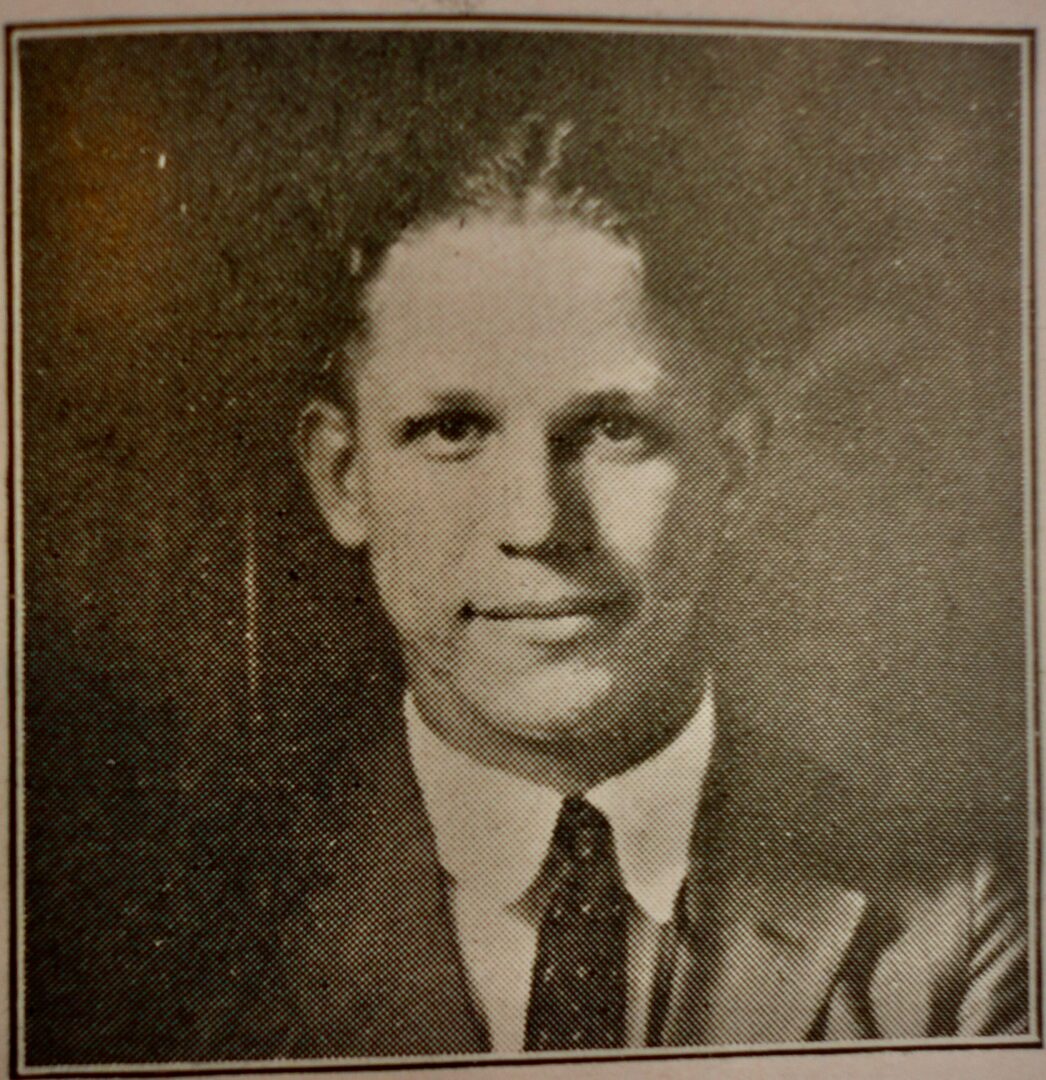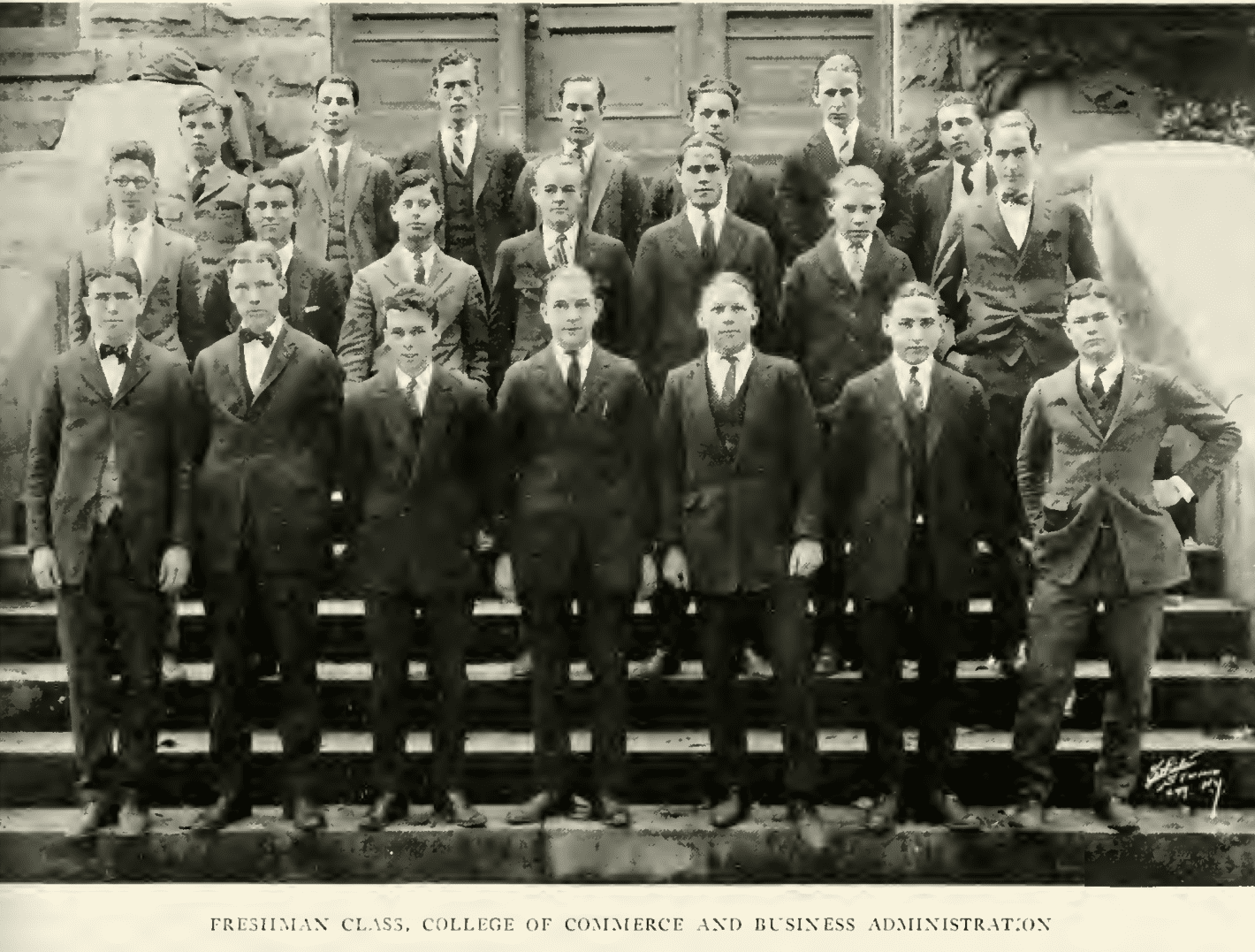Louis & Rudolph Stein
Born in Hawkinsville, Georgia, brothers Louis and Rudolph Stein were living in New Orleans with their mother, Annie Rothenberg Stein, when their father died. In March 1914, the board granted Mrs. Stein’s petition to admit 8-year-old Louis and 11-year-old Rudolph.
In 1917, while in the Home, Louis and Rudolph experienced the thrill of a lifetime. Comedic singer Sophie Tucker, one of America’s most popular performers of her day, was in New Orleans raising money for “Sammie’s Smoke Fund” to fill the wants of any military man who had entered the war effort from a burlesque company or theatre. Known for her generous spirit, Tucker and other headliners made time to visit the Home to perform for the children. In return, reported the Times-Picayune, Louis and Rudolph were among the boys who “gave a hair-raising melodrama” in which Sam Pulitzer played Casey, the stranger; Israel Dubinski, the sheriff; Louis Stein, the bully; Rudolph Stein, the judge; and Fred Block, Bill. For the boys’ performance, the article continued, “the Orpheum headliners praised their work as they laughed heartily.”
After his discharge in 1919, Rudolph first found work as a stenographer. He married Fannie Becker, raised a family, and held a leadership position with Congregation Gates of Prayer before moving to Memphis to join Louis at Tobias Bag Company, where Louis worked. Rudolph died in 1962 at age 58.
Having devoted his extracurricular energies to football, baseball, and debate, Louis graduated from Newman School in 1923 before attending Tulane’s College of Commerce and Business Administration for one year. He moved to Memphis, married Ruth Shaw, and raised a son and daughter. By 1950, he owned a burlap bag company and by 1968 was affiliated with Steinco Products Incorporated. Louis died in 1987 at age 81.

Louis Stein, Isidore Newman School Pioneer, 1923.

Louis Stein (front row, third from right) won election as vice-president of his freshman class at Tulane’s College of Commerce and Business Administration. Tulane Jambalaya, 1924.
